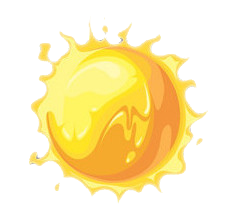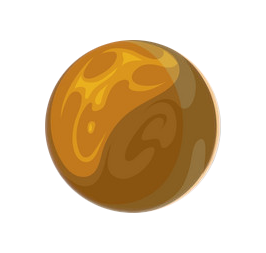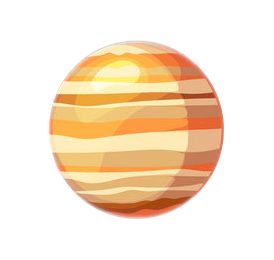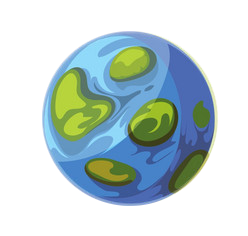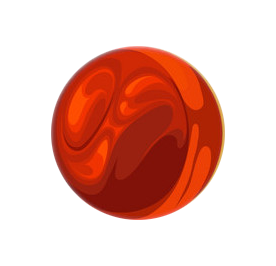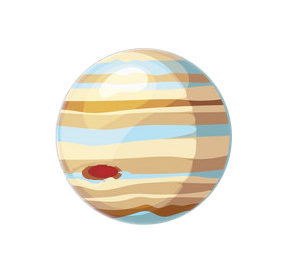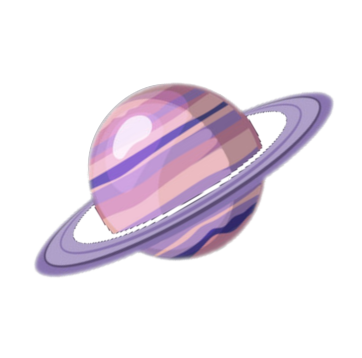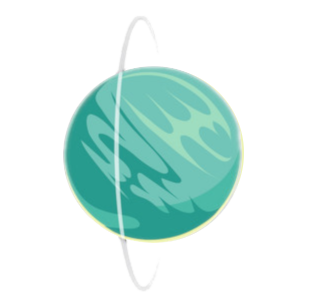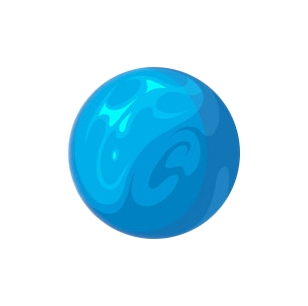The 3rd Planet from the Sun
Interesting facts about the composition and minerals of the planet.
Quartz on Earth
Quartz forms colorless, transparent and very hard crystals with a glass-like luster. The most ancient name known is κρύσταλλος or kristallos. The root words κρύοσ signifying ice cold and στέλλειυ to solidify suggest the ancient belief that kristallos was permanently solidified ice.
Earth
Earth is the third planet from the Sun, and and is the largest of the terrestrial planets. Earth is the only planet in the Milky Way not to be named after a Greek or Roman deity. Earth formed over 4.5 billion years ago. Earth's gravity interacts with other objects in space, especially the Sun and the Moon, Earth's only natural satellite. Earth acquired the nickname the “Blue Planet because 70% of the planet is covered with oceans. Earth's atmosphere and oceans were formed by volcanic activity and outgassing. Water vapor from these sources condensed into the oceans, augmented by water and ice from asteroids, protoplanets, and comets. The shape of Earth is approximately oblate spheroidal. Due to rotation, the Earth is flattened at the poles and bulging around the equator.

